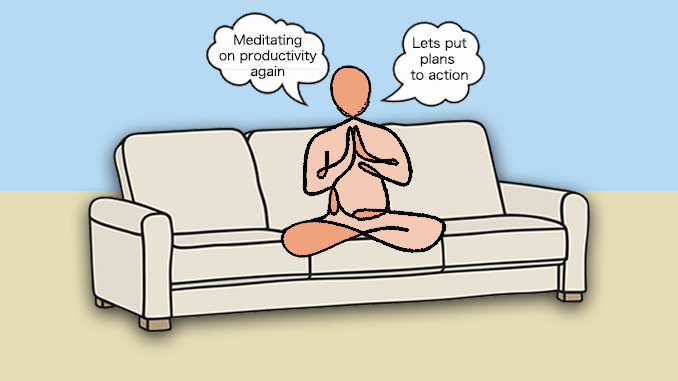
People keep talking about changes and the need to evolve with the course of time, especially nowadays, when times are challenging and uncertain. Yet, the only thing people are usually quite reluctant to pronounce in the given context is that our brain resists any change as much as possible since changing implies considerable expenses of energy, and this is the last thing our brain wants to do. Nonetheless, changes with negative or destructive coloring tend to become a habit rather quickly and easily. Why is that?
To start with, I’ll have to reiterate: every change implies expenses of extra energy, and this is not ok for our brain since it resembles a greedy cunning old man who is overwhelmed, frustrated and resistant every time when facing the need to spend another tiny coin (i.e., amount of energy). Energy means further functioning and life, while expenses of energy should be justified for the brain to stop being so reluctant to spare it. Yes, your guess is correct: motivation and value of the final outcome, result or emotion means the world here. Yet, it is crucial for us to distinguish between internal and external motivation. While internal motivation can be related to the activity or value of the final goal for a person, external motivation may not be connected with the goal or actual activity in the least. It is related to the outer object and its ‘legend’ or power.
Experts claim that a smart combination of both sources of motivations is a key to success. For instance, when a person loves process of writing (internal motivation) and gets good money for it as well as a promotion once per certain period of time (external motivation), two sources of motivation are combined, and huge success is expected. Nevertheless, it often happens that after a year or two this person fails – either instantly, or step by step, but neither source of motivation suffices for this person to keep to initial ambitions.
Now is a good time for the question “Why?”.
Well, combining internal and external motivation is not a panacea, as it may seem at the first glance. To be more precise, some studies show that when people are both interested in their activity and have solid external incentives, it often does not work out and even can lead to a failure eventually. This appears to be especially true to long-term goals despite the fact that all ingredients for success seem to be present. Such a paradox imposes a serious dilemma to neuroscience. Hence, let us look for some more answers in psychology.
Motivation is a great thing, but sometimes it does not suffice to outwin the impact of inner restrictions, life scenarios and other barriers that prevent people from success. We act according to our internal programs that are often activated automatically and subconsciously. In case you observe a similar situation in your life – when both internal and external motivations are huge and seem sincere, yet you keep failing or underachieving occasionally, it is a valid reason to seek for answers with a psychologist. Inner restrictions tend to block any kind of motivation since their argumentation is usually rather strong, and the energy is wasted on maintenance of those blocks and restrictions.
Nonetheless, this is not the only direction I would recommend you dive deeper. There are always fundamental values and sincere desires that are confidently hidden or disguised under the layers imposed by the society, your family, or even your own persona. And these values and/or desires can contradict the final goal or the process that leads to success and is nurtured by significant internal and external motivations. Let it be a topic of my next article, and for now – dig deeper and see how it all unveils!
Author: Mila Sol



